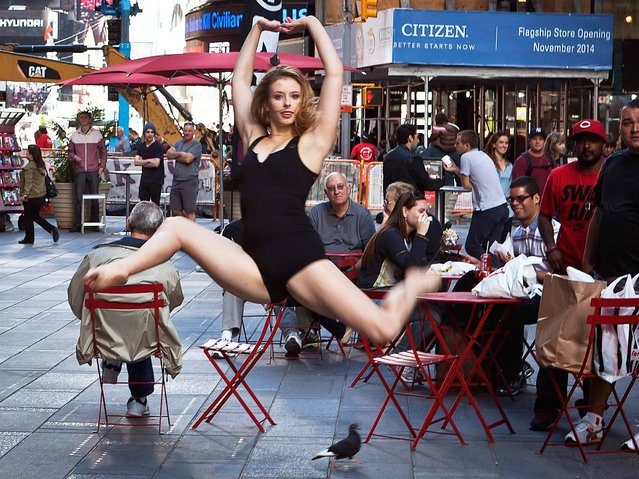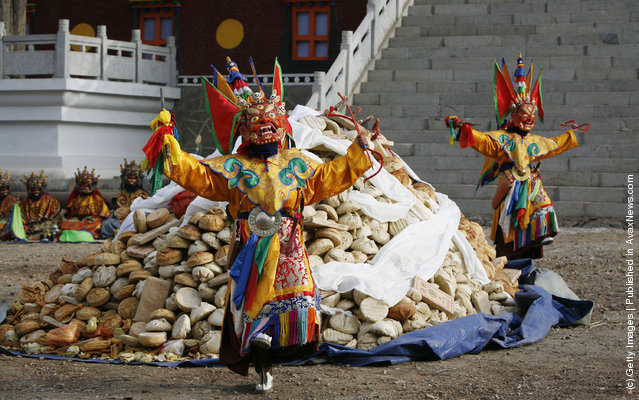
Russia' s Tiffani Zagorski and Russia' s Jonathan Guerreiro compete in the ice dance free dance of the figure skating event during the Pyeongchang 2018 Winter Olympic Games at the Gangneung Ice Arena in Gangneung on February 20, 2018. (Photo by Lucy Nicholson/Reuters)
22 Feb 2018 00:01:00,post received
0 comments







